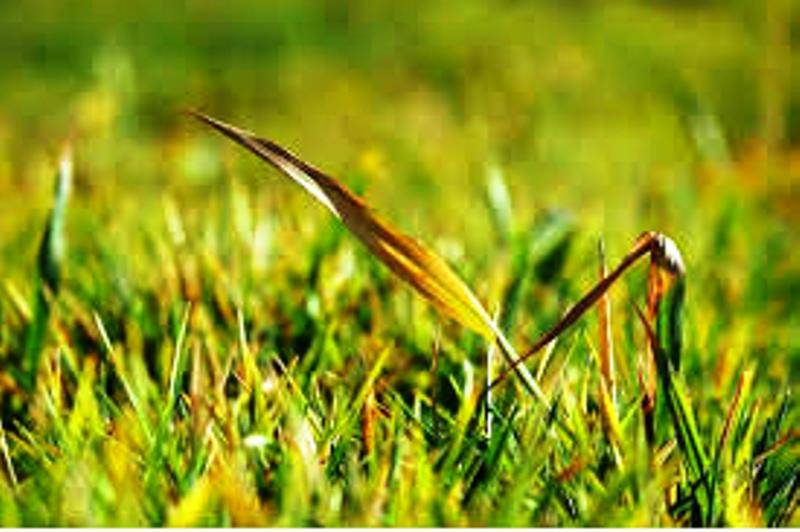
Practically 50% of the agricultural land relies upon precipitation. There is an extraordinary chance to use information science innovations to investigate the agribusiness landscape, grain demand, investigate past information, gain insights and characterize formal models that might be utilized by farmers to settle on choices about yield choice, soil management and arranging logistics.
The total populace will ascend to 10 billion by 2050 and considering the current agrarian part situation we will confront around 56% gap between food demand and supply. Taking into account that arable land size is limited and won't increase because of high urbanization, there is a critical need to expand grain creation rate for example tons per hectare to address this gap. The utilization of data science with help of IoT (Internet of Things) products in the farming sector can help in settling on informed decisions at different stages in the horticulture life cycle to improve yield like situation predication, task recommendation and automation and so forth.
Farming area in India is getting divided over the previous decades while food demand is developing at a higher rate with populace rise. Conventional rural strategies ought to be expanded with Information Communication Technologies to all the more likely oversee existing assets and undertakings to boost income.
Crop selection relies upon numerous parameters like current land soil profile, local climate conditions, expected future climate aggravations, past food demands, future demands (nearby and worldwide) etc. Despite the fact that soil profile and atmosphere conditions will help in posting conceivable yield choices anyway from a revenue perspective demands assumes a significant role.

Demand based Crop Recommendation System
Building a demand based forecast model to empower farmers in choosing the most beneficial crop would help increment farmer's income as well as increment generally rate offer to Indian GDP. In a perfect world, this model ought to be reached out to worldwide level food requests, to accept into account trade open doors and import of less expensive nourishments to augment income and keep away from losses because of surplus.
The demand based recommendation model aides in choosing the correct harvest for higher income. Be that as it may, utilizing a single model to anticipate the ideal harvest is unsafe.
Difficulties in the Indian Agriculture Sector
Despite the fact that the technologies are productive, proven to work, and progressive, one of the significant difficulties lies in their application in the Indian farming sector. Issue isn't when there are no innovative answers for cultivating concerns, however not having a legitimate utilization of them is a greater concern.
Farmers today are prepared to grasp the new advancements for better homestead financial aspects. Nonetheless, there is the need to instruct them on hazard alleviation and expected upsides plausible with the utilization of information.
The essential vision of exactness cultivating is to advance Return on Investments and save assets by permitting farmers and proprietors to take enhanced and educated choices from the accessible field information. Precision agriculture encourages a situation where farmers can zero-down exact areas in their fields for the spatial accessibility of a few assets like water accessibility, geography, soil fruitfulness, natural issue, nitrogen levels, dampness content, the presence of magnesium, potassium, and that's only the tip of the iceberg.









